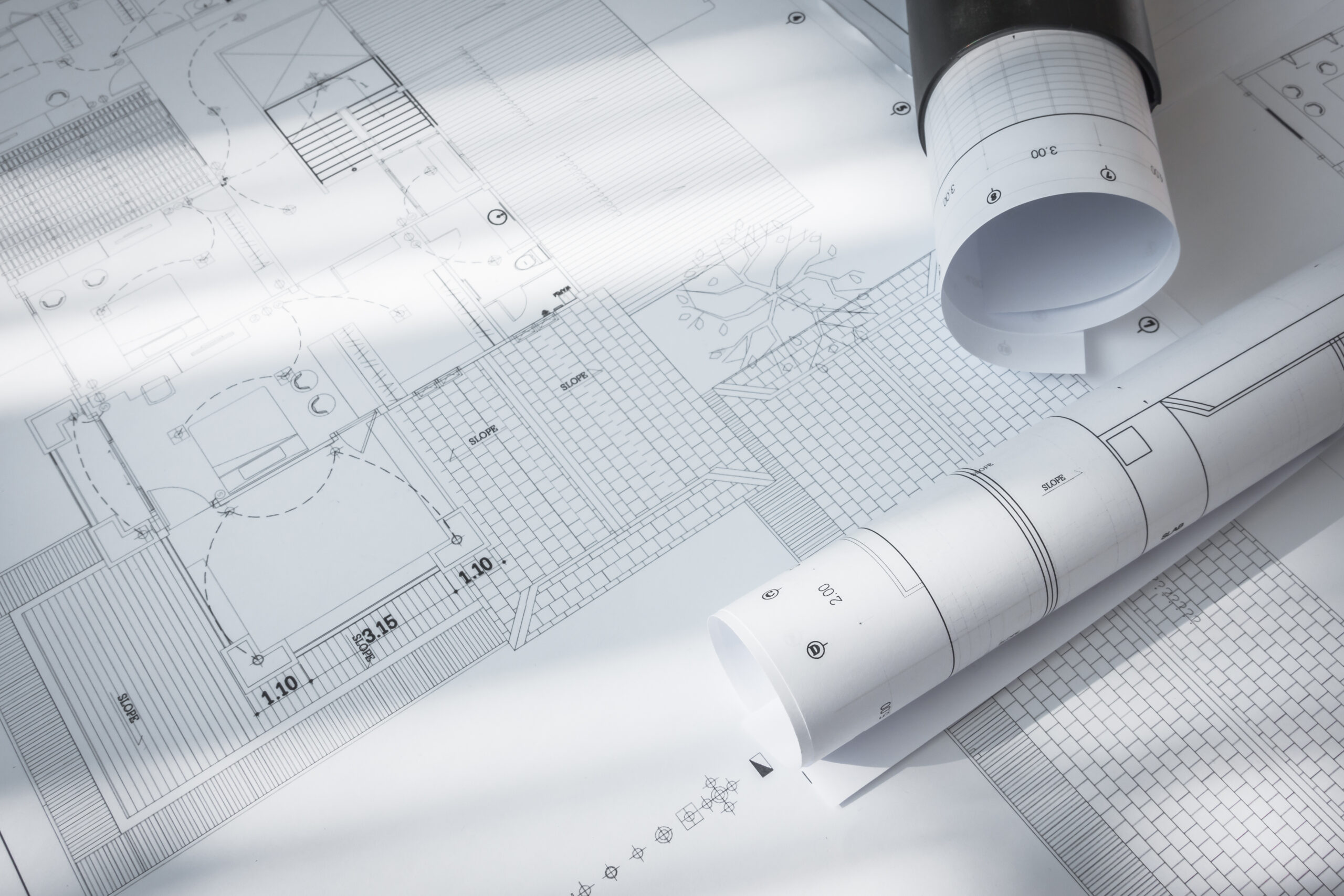In the Architecture, Engineering, and Construction (AEC) industry, two key technologies play a central role in the design and construction process: CAD (Computer-Aided Design) and BIM (Building Information Modeling). While they both contribute to creating detailed building designs, the nature of their functions, their scope, and the value they add to projects vary significantly. Understanding the difference between CAD and BIM can help professionals choose the right approach for their specific needs.
What is CAD?
CAD (Computer-Aided Design) is a broad technology used for creating precise drawings and 3D models. Primarily focused on the design phase, CAD tools are used to produce 2D sketches, 3D models, and technical drawings for building and product design. CAD software assists architects, engineers, and designers in generating highly accurate visualizations of structures, machines, or objects.
- Key Features of CAD:
- Primarily focuses on design and drafting.
- Mainly used for 2D and 3D modeling.
- Works on individual drawings or parts rather than holistic building data.
- No integration between different design disciplines like architecture, structure, and MEP (Mechanical, Electrical, Plumbing).
- Popular CAD Tools: AutoCAD, Rhino, SolidWorks, SketchUp, FreeCAD, and TurboCAD.
What is BIM?
BIM (Building Information Modeling) is a more advanced and integrated approach that goes beyond just creating 3D models. It encompasses the entire lifecycle of a building, from conception and design to construction and maintenance. BIM involves the use of intelligent models that contain detailed information about a building’s physical and functional properties.
- Key Features of BIM:
- Involves the generation and management of digital representations of physical and functional characteristics.
- Facilitates collaboration between multiple disciplines (architecture, structural engineering, MEP).
- Not just a 3D model; it integrates time (4D), cost (5D), and operational data.
- Helps in creating a virtual building that can be tested, simulated, and optimized before actual construction.
- Popular BIM Tools: Revit, ArchiCAD, Bentley Systems, Navisworks, and Tekla Structures.
Key Differences Between CAD and BIM
| Feature | CAD | BIM |
|---|---|---|
| Primary Focus | 2D/3D Design and Drafting | Full Building Lifecycle Management |
| Data Representation | Geometric drawings and models | Intelligent 3D models with data |
| Collaboration | Limited, often isolated work | Real-time collaboration across disciplines |
| File Format | Typically DWG, DXF | Typically RVT, IFC, and other BIM formats |
| Scope | Primarily design-focused | Design, construction, operation, and maintenance |
| Detail Level | Limited to geometry and dimensions | Rich in information and analysis (e.g., materials, costs, scheduling) |
| Visualization | 2D Plans, 3D Models | 3D Visualizations with data integration |
| Simulations | Limited to specific analyses | Full lifecycle simulations (e.g., energy, structural, cost) |
| Usage | Ideal for simpler, isolated design tasks | Ideal for complex projects requiring coordination and data management |
| Software Tools | AutoCAD, SketchUp, Rhino, SolidWorks, CATIA, Creo, etc. | Revit, ArchiCAD, Tekla Structures, Navisworks |
While both CAD and BIM serve essential roles in the design and construction industries, the choice between them depends on the project scope and collaboration needs. CAD remains a powerful tool for precise design and drafting, particularly in mechanical, industrial, and smaller-scale architectural projects. In contrast, BIM is a more comprehensive approach, allowing for real-time collaboration, data integration, and management across the entire lifecycle of a building or infrastructure project.
By understanding the distinct capabilities of CAD and BIM, AEC professionals can better select the tools that fit their specific project requirements and workflows.

Leave a Reply